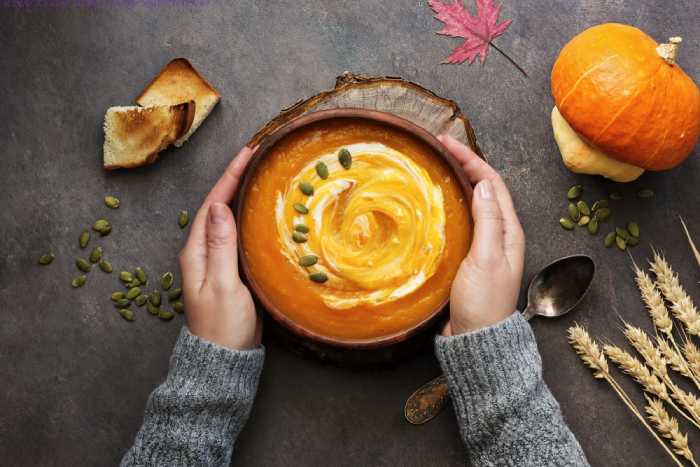If you’re experiencing gastrointestinal distress, eating bland food may help you ignore symptoms like nausea, vomiting, diarrhoea, and heartburn. Along with lifestyle modifications like reducing stress, a bland diet can also be an effective treatment for peptic ulcers.
Generally speaking, bland meals are minimally flavorful, mushy, have a higher pH, and less fibre. These elements aid in preventing reflux, an increase in the production of acid, and other digestive system irritations.
Despite its moniker, consuming a bland diet may be both delicious and reassuring to the stomach. Naturally, the optimal dietary strategy for digestive issues addresses the underlying cause of your symptoms; hence, specific recommendations may differ. In general, though, this is what you should not consume.
What Food Am I Allowed to Eat?
Since every person has different needs, you should talk to your doctor or a nutritionist about the foods you choose to eat. They can offer further advice in light of your particular diagnosis and way of living.
Commonly optional nutrients on the bland diet, unless you have a history of food sensitivity or aversion, include:
Low-Fat Dairy
Low-fat or fat-free milk, yoghurt, and softly seasoned cheeses, such as cottage cheese, are also good choices. But be cautious. Lactose intolerance and milk protein intolerance are two prominent causes of GI pain in certain persons. In addition, several doctors recommend avoiding dairy to assist in healing peptic ulcers.
Some Vegetables
Vegetables to consume:
- beets
- carrots
- lima beans
- peas
- sweet potatoes or white potatoes
- spinach
- pumpkin
They may buy these root veggies frozen, fresh, or tinned. Please, however, do not consume raw. Instead, offer them boiled or annoyed, with little or no lard or other type of fat.
Restriction is required for certain persons to tolerate boodle and other salad greens. However, it is recommended to avoid potatoes that cause gas, such as those in the cruciferous family. These include, among other things, broccoli, kale, and Brussels sprouts.
Low-Fiber Fruits
For a bland diet, cooked or canned fruits that aren’t rubbery or seeded are still usually okay. Melons and bananas are among them. Despite having more fibre than other fruits, avocados may also be well-tolerated.
Grain Processing
Cultivated wheat crops, white bread, and seedless rye could be wise options. But for other people, eating gluten-containing cereals exacerbates stomach symptoms.
In the event that you are not gluten intolerant, you might also enjoy:
- simple soda crackers
- delicate white spaghetti
- prepared cereals, including cream of wheat and treated muesli (not high-fibre or steel-cut), as well as flour
- chilled, low-sugar muffins
- Fish, eggs, and poultry
When cooked with little to no fat and little to no interest, lean protein bases are safe to consume. Among them are:
- chicken without skin
- fish, like trout and pink-orange
- Crustaceans include lobster, crab, and prawns.
- eggs
- silky tofu
- Additional foods
Clear or cream-based soups are great options as long as the components are foods you can safely consume.
With or without sugar, chamomile tea may be a calming beverage option.
For spreading on toast, soft peanut butter, jelly, and seedless jam work great.
Many flavours might upset your stomach, but you can find out which ones you can tolerate by researching herbs like basil, parsley, salt, and other mild flavourings.
What Must I Stay Away From?
Everybody is affected by food differently. Some people are sensitive to garlic, tomato-based products, and caffeinated tea, which can cause heartburn and other stomach issues. Others struggle with anything heavy in fat, yet they can handle anything with a lot of spice.
Although your needs may change, if you’re on a bland diet, you should generally stay away from these foods:
High-fat dairy products should include intensely flavoured cheeses. These include:
- whole milk
- beaten cream
- Ice cream
- Cheeseflower with Monterey Jack
- Violet cheeseflower
- Cheeseflower with Roquefort
- Dairy also causes symptoms in specific individuals, so avoid dairy products altogether if this describes you.
Persuaded Veggies
Vegetables, in general, are known to produce gas. These include:
- cruciferous vegetables, such as cauliflower, broccoli, and Brussels sprouts
- onion plants
- garlic
- chillies
- cabbage
- Due to their high acidity, tomatoes and tomato crops should be avoided.
Fruit with seeds and acidity
Fruits with skin or little seeds typically contain too much fibre for a diet low in fat. Additionally, some people may have heartburn from the sharpness of some fruits.
In summary:
Eating a bland diet emphasises foods that are simple to digest. Choose meals that are simple to chew, low in fat and fibre, and low in calories if you’re on this diet. Furthermore, as the name implies, a bland diet should only consist of mildly flavoured items.
An eating plan that emphasises easily digested meals is known as a bland diet. Choose meals that are low in fat, low in fibre, and portioned loosely if you’re on this diet. In addition, light diet meals should have a subtle flavour, as the name implies.
Also read:- 3 STYLE OPTIONS FOR GREASY HAIR
